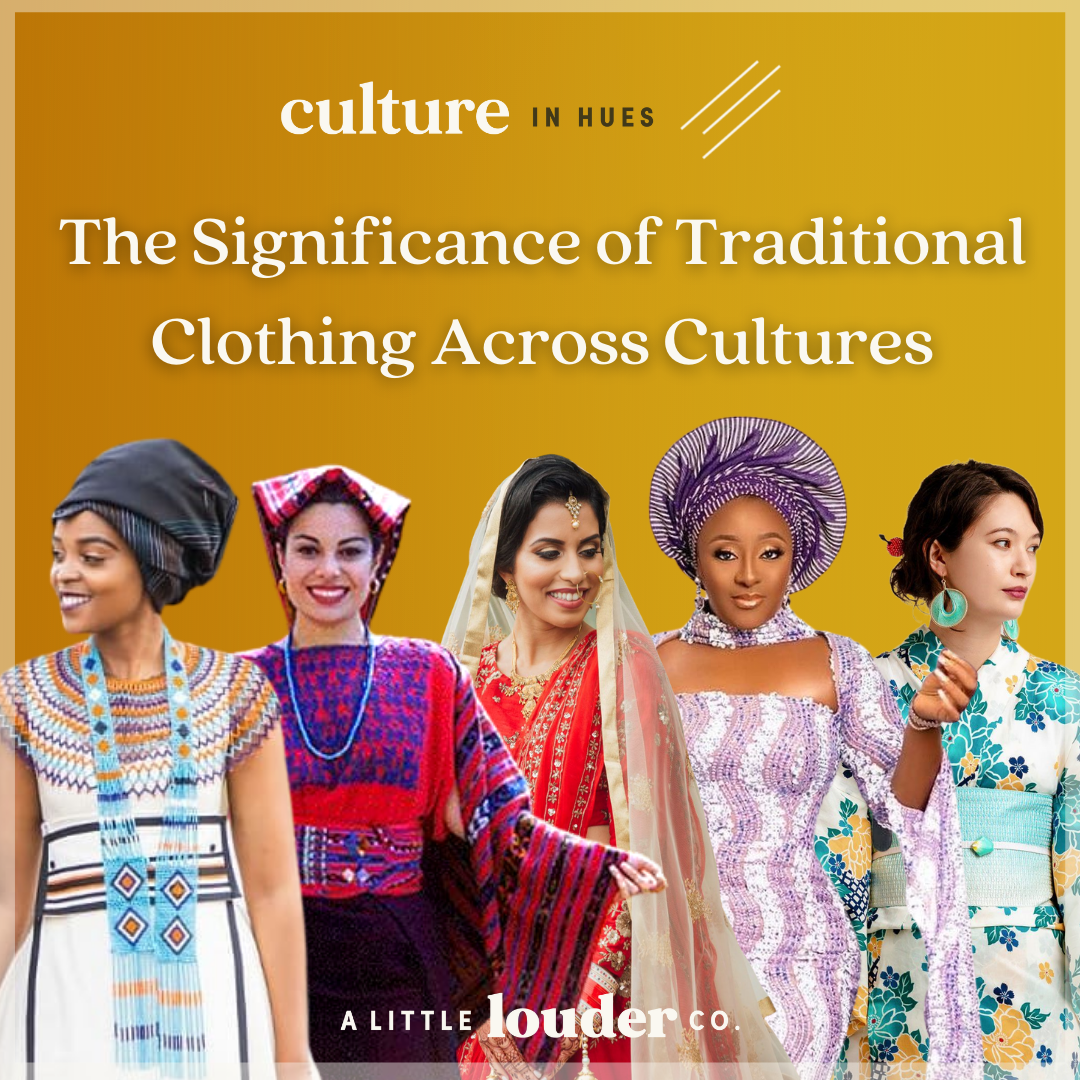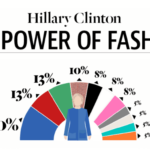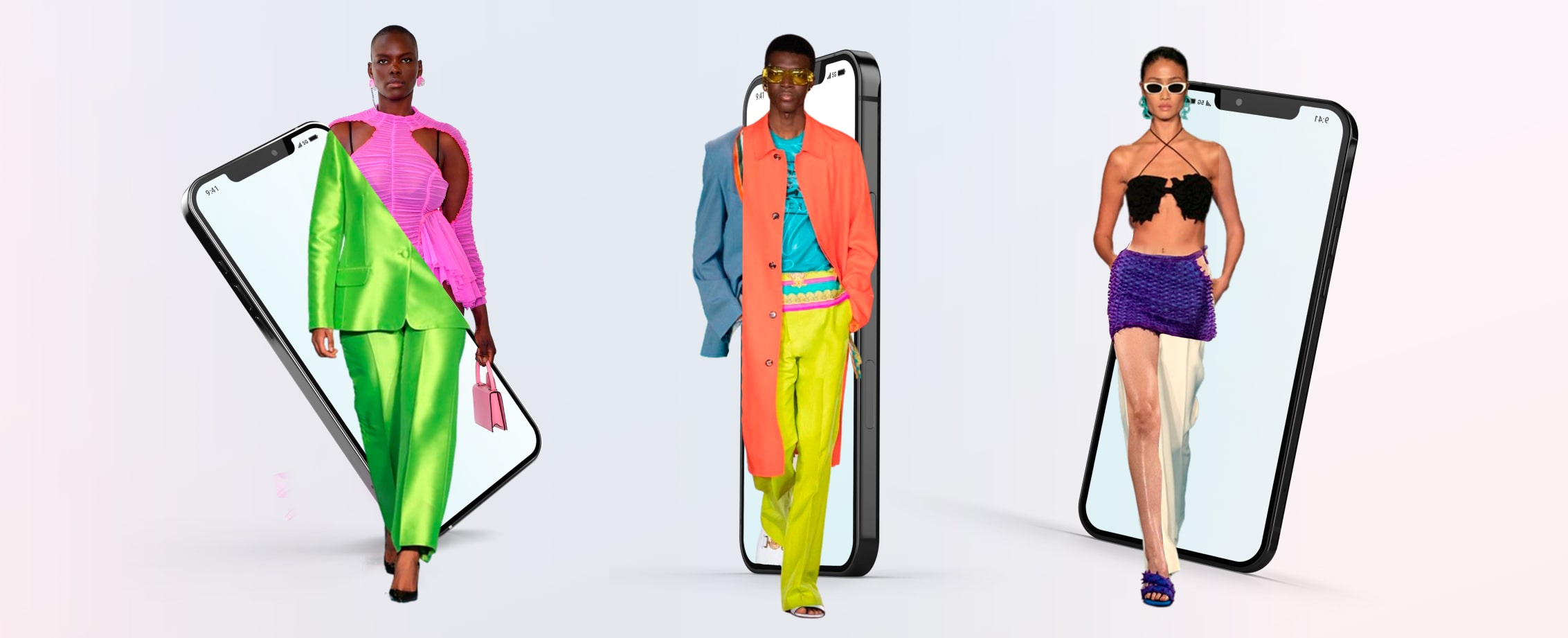Fashion and culture are intricately linked, as fashion reflects and shapes cultural identity. In this essay, we will explore the intersection of fashion and culture, and how fashion reflects and shapes identity.
Fashion as Cultural Identity
Fashion can be an expression of cultural identity. Clothing, accessories, and hairstyles can all be influenced by cultural traditions and values. For example, traditional African clothing, such as the dashiki, is often worn to celebrate cultural heritage. Similarly, the hijab is a symbol of modesty and religious faith in many Muslim cultures.
Fashion as Cultural Appropriation
However, fashion can also be a form of cultural appropriation. Cultural appropriation occurs when a dominant culture takes elements of a marginalized culture and uses them for their own purposes. Examples of cultural appropriation in fashion include the use of Native American headdresses as a fashion accessory, or the use of African tribal patterns without understanding their cultural significance. The impact of cultural appropriation in fashion can be harmful, as it can perpetuate harmful stereotypes and reduce cultural traditions to mere fashion trends.
Fashion and Gender
Fashion also plays a role in gender identity. Clothing and accessories can be used to express gender identity and gender expression. For example, dresses and skirts are traditionally associated with femininity, while suits and ties are associated with masculinity. However, fashion is also becoming more gender-neutral, with the rise of unisex clothing and gender-fluid styles.
Fashion and Ethnicity
Fashion can also be an expression of ethnicity. Traditional clothing styles and patterns are often passed down through generations and can be worn to celebrate cultural heritage. For example, the Japanese kimono and the Indian saree are both traditional clothing styles that have been adapted to modern fashion.
The Future of Fashion and Culture
The future of fashion and culture is constantly evolving, with new trends and styles emerging every year. One emerging trend is the use of sustainable and ethically produced fashion, which takes into account the impact of fashion on cultural identity and the environment. Another trend is the rise of culturally diverse fashion, with designers and brands embracing diversity and inclusivity in their designs.
Conclusion
Fashion and culture are intertwined, with fashion reflecting and shaping cultural identity. However, fashion can also be a form of cultural appropriation, perpetuating harmful stereotypes and reducing cultural traditions to mere fashion trends. As the fashion industry continues to evolve, it is important to consider the impact of fashion on cultural identity and to embrace diversity and inclusivity in our designs. By celebrating cultural heritage and respecting cultural traditions, we can create a more inclusive and culturally diverse fashion industry.





